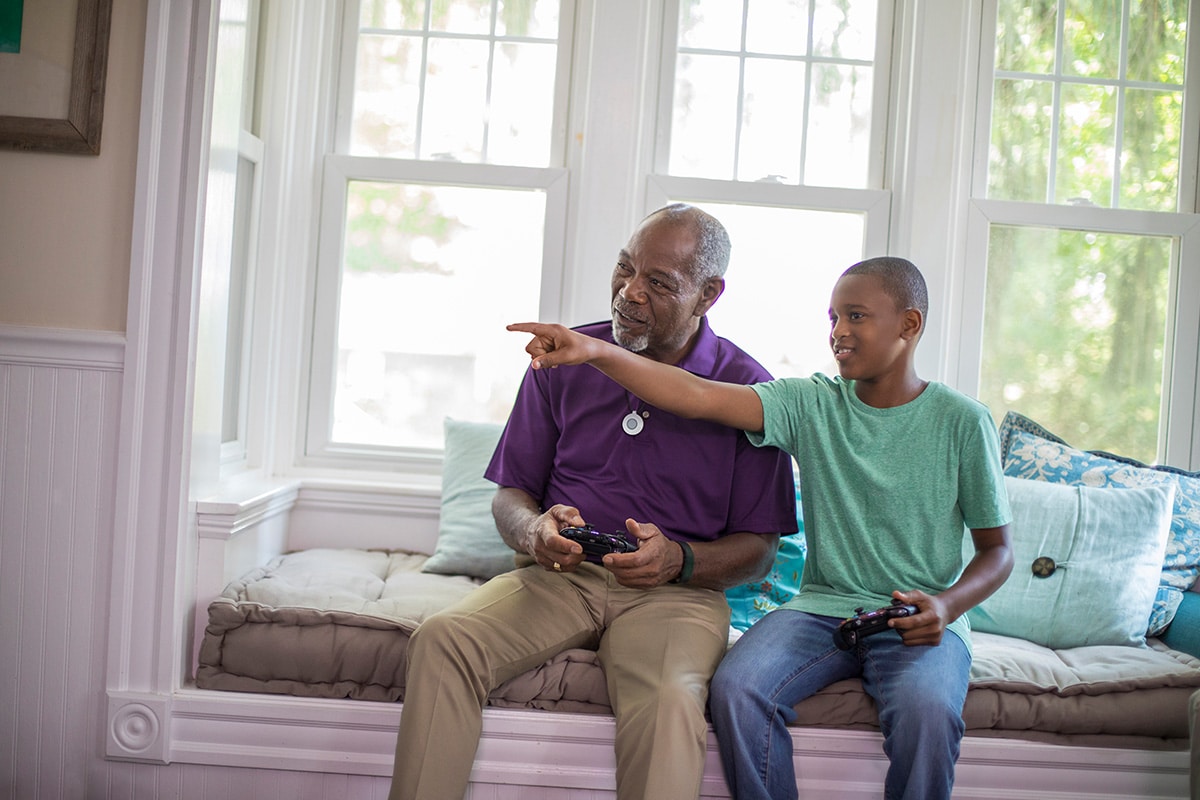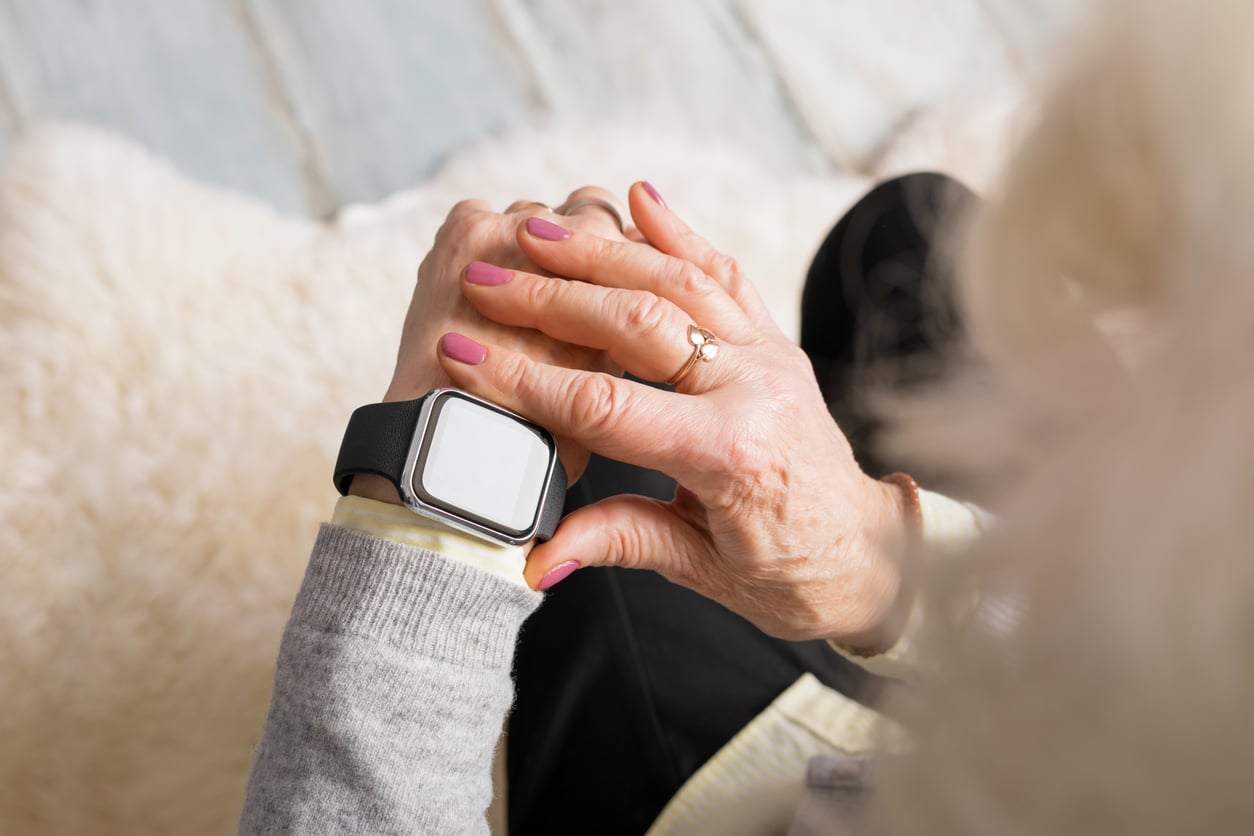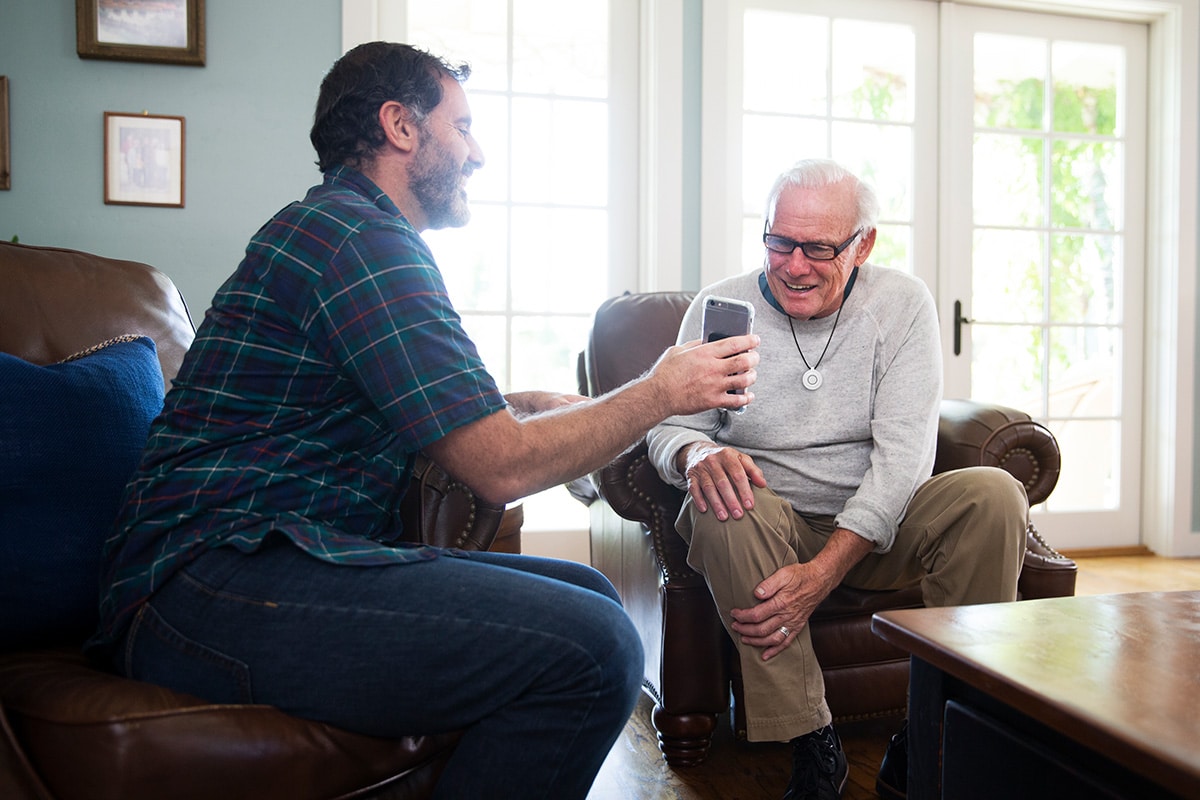Older adults today are living longer and living more active lives than the generations before them. The Wall Street Journal’s MarketWatch notes that baby boomers are keenly interested in remaining stylish and fashionable, and this extends not only to clothing and accessories but to medical alert jewelry as well.
Medical alert IDs and medical alert devices are important for many seniors. According to the Alliance for Aging Research, 90 percent of Americans have at least one chronic health condition by the time they reach age 65. By age 75, the average American has three chronic medical conditions, treated with five or more medications.
Medical alert jewelry, including IDs and alert devices, have been updated to make them less clunky and boxy than their earlier iterations. Today they are less conspicuous and much more fashion-conscious.
Medical Alert IDs
Medical IDs give paramedics and health care providers a quick look at your medical history in an emergency. They usually include information about medical conditions, food or drug allergies, medical devices (such as a pacemaker), and medications.
You may be most familiar with them as stop sign-shaped pendants or bracelets. Some people also have them in the form of a dog tag. Today, they are available as sports bands, watches, and tags for your shoes. They are also sold in a variety of styles and can be customized to meet your needs.
The key to making these IDs more fashionable is to spring for the custom designs. The medical alert symbol and information can be incorporated into a stylish watch or a bangle-type bracelet, among many other options. Remember to keep the medical alert symbol large enough to be seen quickly and easily by any first responder in an emergency.
Medical Alert Devices
Alert devices are another type of medical alert jewelry. These are usually a pendant or a bracelet with a single button. When this button is pressed, it alerts the monitoring company that the wearer needs assistance. Depending on the type of service you have, your device may connect you to a live operator, call a family member, or send paramedics to your home.
These devices aren’t as customizable as medical IDs, and most people must still choose between a pendant, a bracelet, or a clip-on. Some companies sell specialized kits that allow wearers to convert bracelets to pendants and vice versa. Many wearers also like the belt clip version because it can be worn like a pedometer or even clipped onto a scarf in cool weather.
Most of these alarm systems are unisex designs; however, men tend to lean toward the bracelet design while women choose the necklace. Most companies offer several lanyard and bracelet options. In this way, you can effortlessly combine practicality with your preferred style.
So Which is Right For Me?
While either a medical ID bracelet or a medical alert system can be a lifesaver in an emergency, the combination of both offers the best chance of receiving the care you need quickly and accurately. By having your medical information readily accessible on your person and the ability to call for help at the press of a button, you’re ensuring a comprehensive safety net for yourself or your loved ones.
Find the Right Medical Alert System for Your Lifestyle
If you are seeking protection, peace of mind, and the fastest possible response in an emergency, Lifeline offers easy-to-use medical alert systems that can be tailored to your unique lifestyle. Whether you’re looking for protection at home or on the go, we’re here to help you find the perfect solution.
Get started today by taking our short product selection quiz to determine which system is the right fit for you. Your safety, independence, and peace of mind are our top priorities, and we’re here to assist you in ensuring a rapid response in times of need.




